From the very start the design and construction of the International Space Station (ISS) was intended to be a cooperative effort between NASA and the Russian space agency Roscosmos, with a few additions from other nations to justify the “International” part of the name. And even though the station has been manned and running now for more than 20 years it still wasn’t entirely competed. The launch of Russia’s final contribution, a 13m long, 23,000 kg module named Nauka (Science), has been delayed for several years as the cash strapped Russians tried to finish it.

Nauka was finally launched on the 21st of July aboard a Russian Proton rocket from their Baikonur Cosmodrome in Kazakhstan. The launch went off without a hitch and the Nauka module was successfully attached to the ISS eight days later. The day after being attached however a ‘software failure’ caused the module’s thrusters to begin firing unexpectedly sending the entire ISS into an uncontrolled spin. The ISS crew and controllers on the ground quickly responded by firing the thrusters of other modules to compensate, not a terribly safe thing to do on the ISS since thrusters pushing in opposite directions puts a considerable strain on the station’s main structure. The spin also led to two periods when the ISS was out of communication with ground controllers, once for four minutes and the second time for seven.
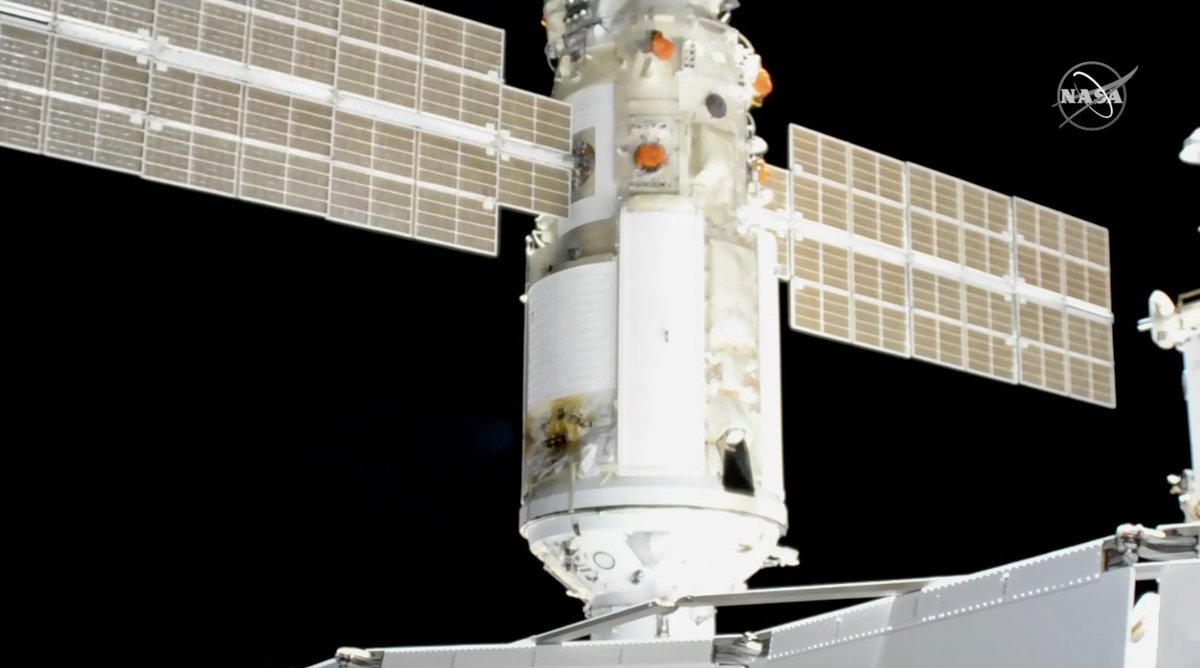
Initially it was reported that the malfunction had caused the ISS to roll about 45º from its normal orientation but it was later admitted that the station had in fact made one complete rotation plus 45º. “It wasn’t a benign event,” admitted astronomer Jonathan McDowell of the Harvard Smithsonian Center for Astrophysics.
Nevertheless the ISS did survive its unscheduled stress test and a few days later all station operations seemed to be back to normal. Problems like the ‘software failure’ do have a tendency to cascade however, sometimes in unexpected directions. The problems with the Nauka module forced NASA to delay the scheduled 30th of July launch of Boeing’s Starliner capsule on its final unmanned flight test to the ISS.
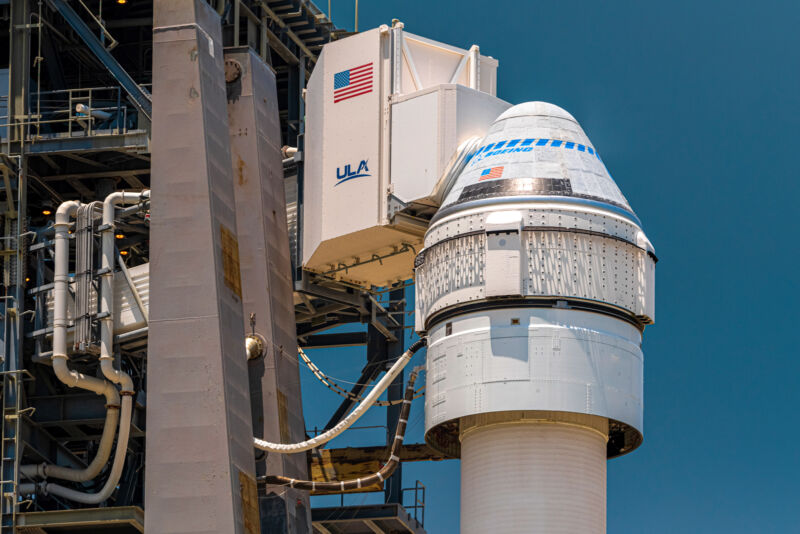
Boeing, as you may recall is developing a manned space capsule similar to Space X’s Dragon capsule, indeed the two capsules were both developed under NASA’s commercial crew program. But whereas the Dragon has successfully completed all of its qualification tests and has now taken astronauts to the ISS three times, Boeing has had a number of problems and failures so that it still has not been certified as man ready.
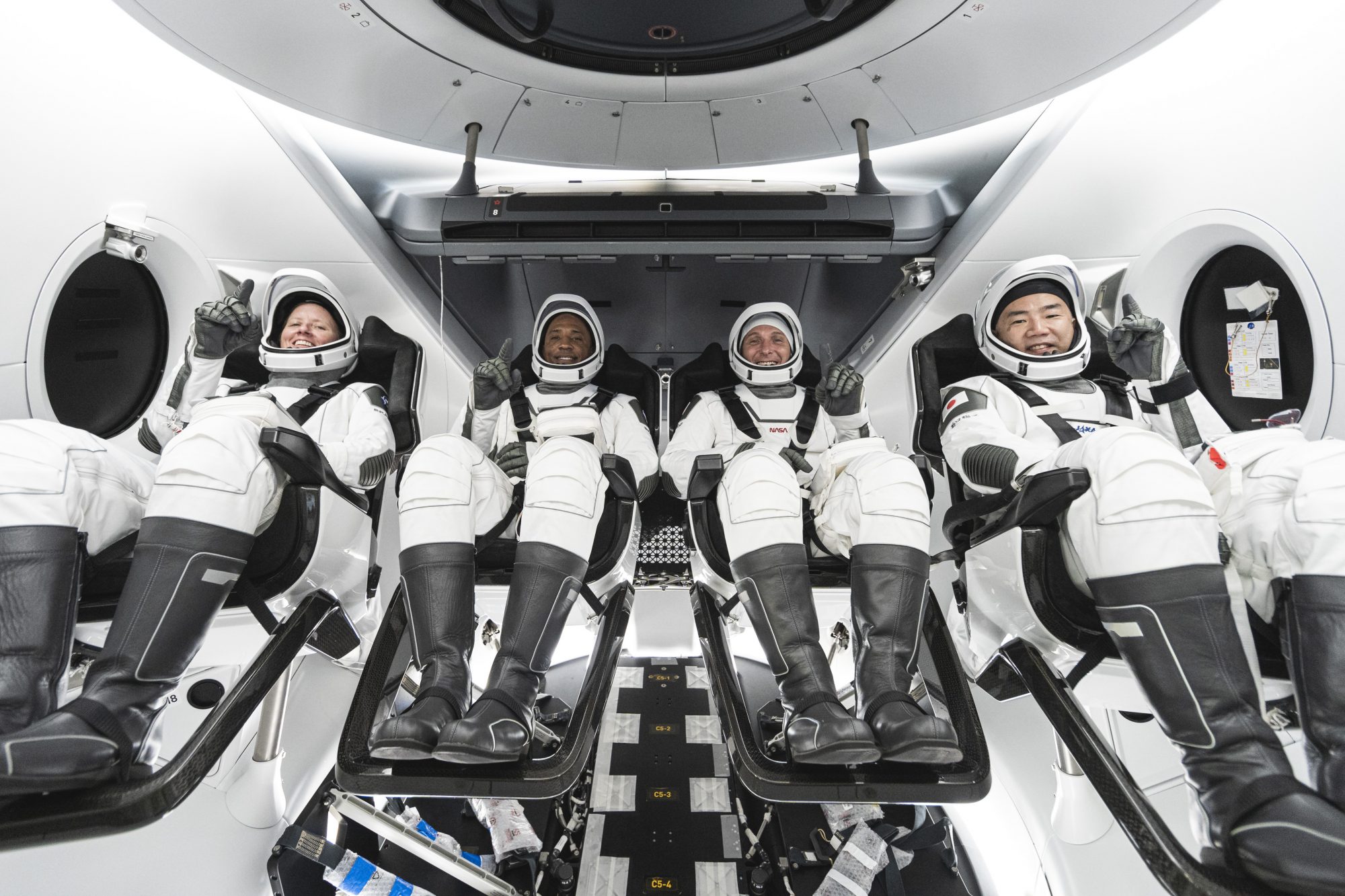
In fact the 30 July flight to the ISS, officially designated as Orbital Test Flight-1, (OTF-1) was to be the final unmanned test of Starliner. And the capsule was all ready to go, sitting atop its Atlas 5 rocket when NASA’s concern over the Nauka incident caused them to delay the flight for a few days, until August the 3rd.
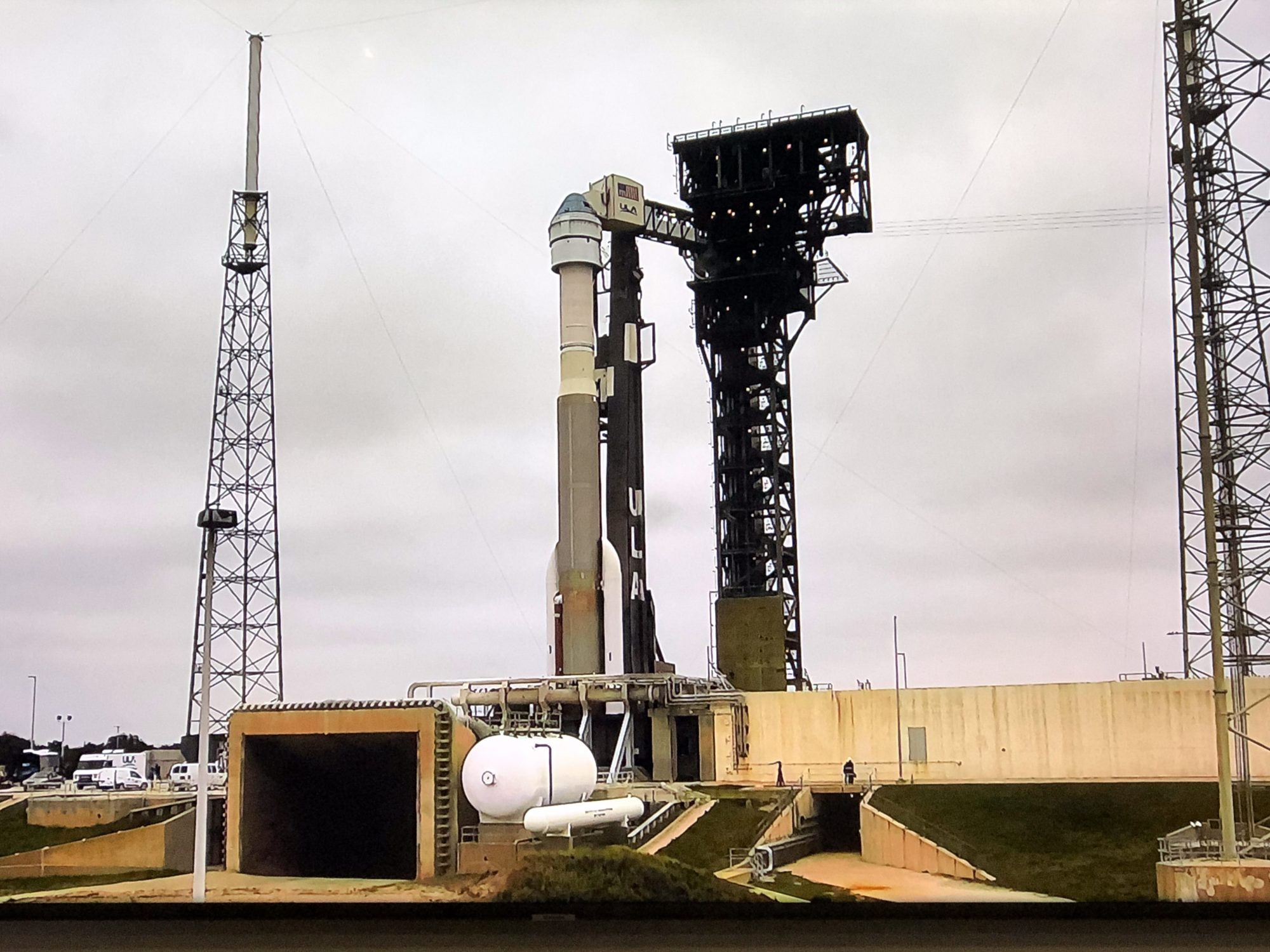
But the August 3rd flight was not to take place either. As the countdown was underway a status check of the capsule’s propulsion system revealed ‘some’ valves were in the wrong position. The launch was immediately scrubbed and an investigation begun. The first question that needed to be answered was whether the problem was with the indicators or actually with the valves, thirteen valves in all. A quick check showed that the valves themselves were the culprit.

In order to determine exactly what the problem was and correct it was necessary to remove Starliner from the launch pad and return rocket to its assembly building. The investigation then found that it was necessary to separate Starliner from its lunch vehicle in order to gain access to the problem valves. Because of this the launch of Starliner has now been delayed indefinitely and will need to be completely rescheduled. Just more problems for what is beginning to look more and more like a snake-bit program.
While Boeing continues to struggle with the Starliner capsule its rival Space X continues to expand the role that it is playing in the manning and maintenance of the ISS. Preparations are currently underway for the Hawthorn California Company’s 23rd unmanned resupply mission to the station, now scheduled to launch on the 28th of August. In addition to the usual food, water and oxygen needed to keep the ISS running this mission carries with it a number of science experiments designed to help expand the ability of humans to live in space.

Some of the experiments are medical in nature and intended to investigate ways to minimize the effect of zero gravity on astronaut’s bones and eyes. Earlier studies conducted aboard the ISS, see my posts of 15 February 2017 and 24 March 2018, have shown the detrimental effect that even a few months in zero g can have on the human body and NASA is very interested in trying to uncover possible treatments for the bone and visual disorders that have been found on astronauts once they return to Earth.
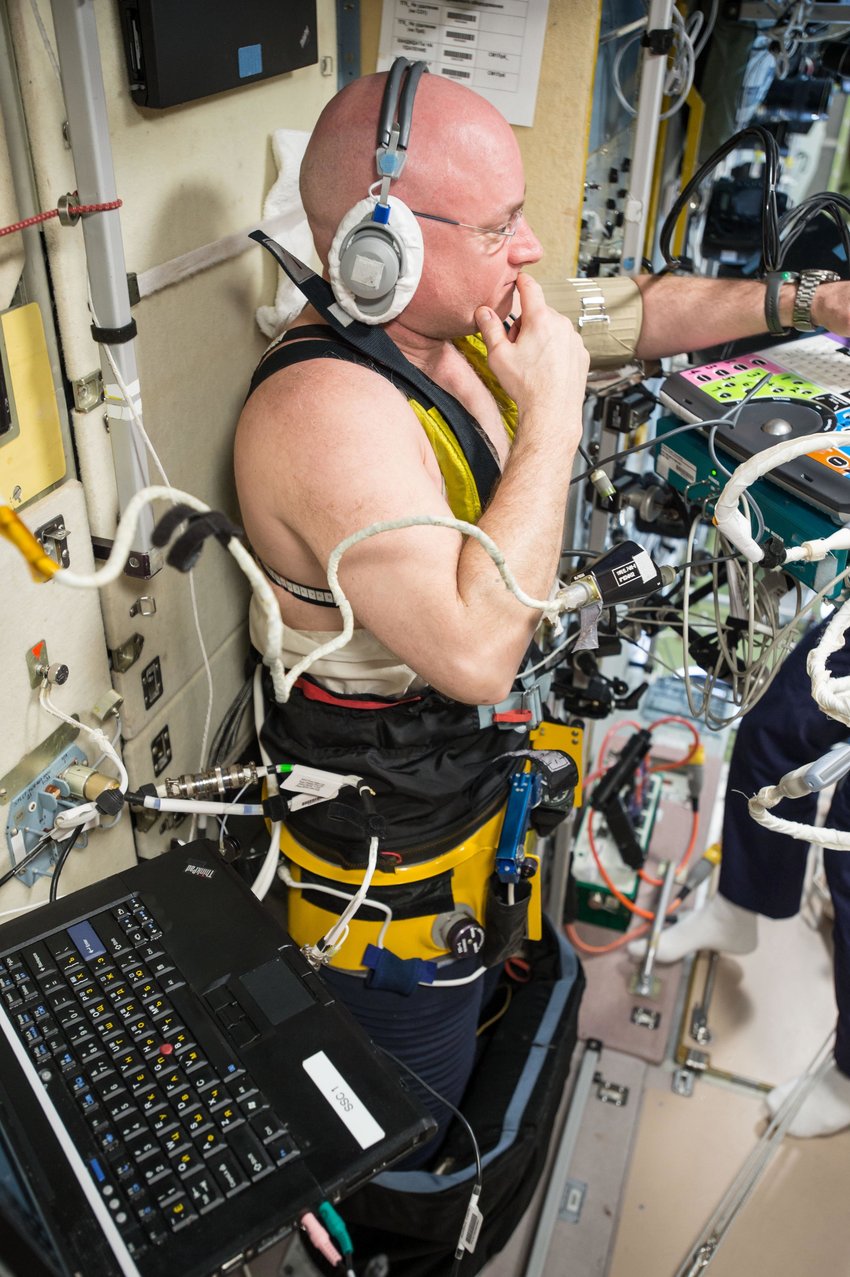
Other experiments will test the effect of space environment on various materials along with plant growth. Also going to the station is a robotic arm designed by a Japanese company that may eventually be used to replace astronauts in performing tasks that are deemed to be hazardous.
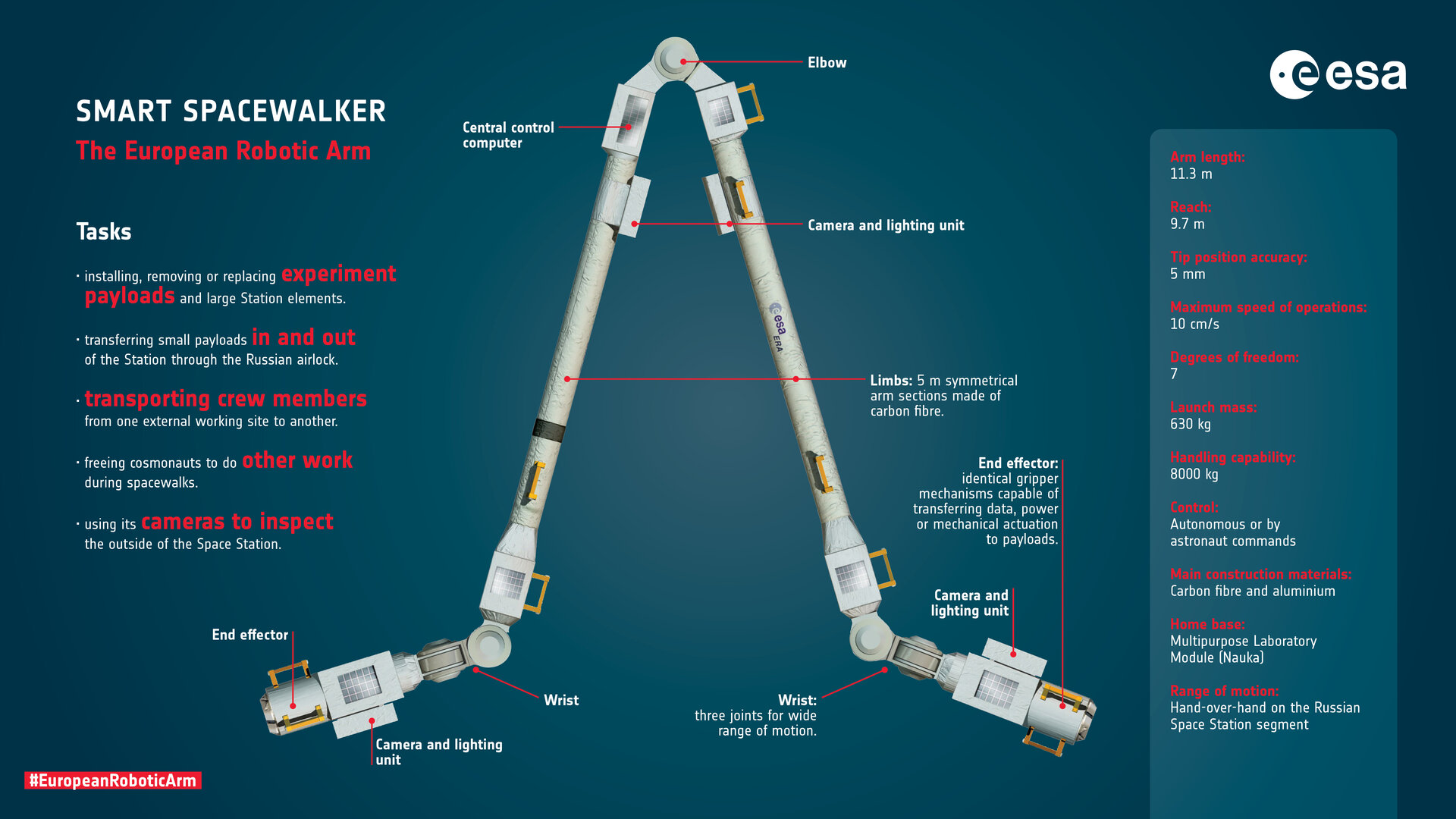
The International Space Station has now passed 20 years of continuous service in orbit, teaching humans much about how to live in space. It’s been a long journey with its share of twists and turns. Now, as both NASA and the Russians are thinking about the future of the ISS other players, commercial companies seem to be taking a bigger role in the space station. Where all of this will lead only the future will tell.
P.S. Thunderstorms in Florida have forced the scrubbing of Space X’s 23rd cargo mission. NASA and Space X will try again tomorrow, hopefully the weather will cooperate.
P.S.S. Space X and NASA successfully launched the 23rd Dragon cargo mission on the 29th of August and once again the first stage of the rocket nailed the landing on the recovery ship. All in all a perfect launch. Boeing, are you paying attention.
